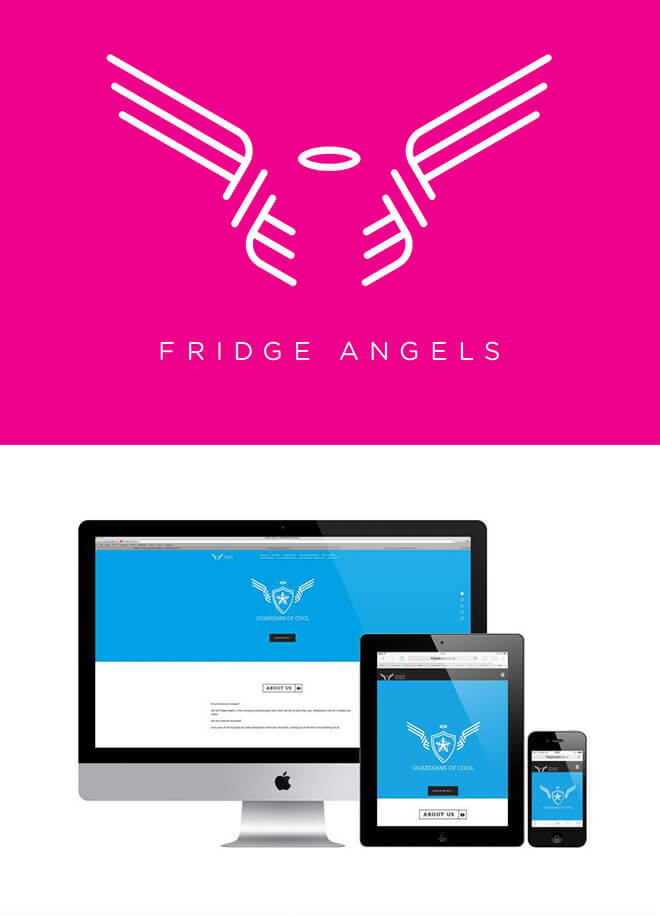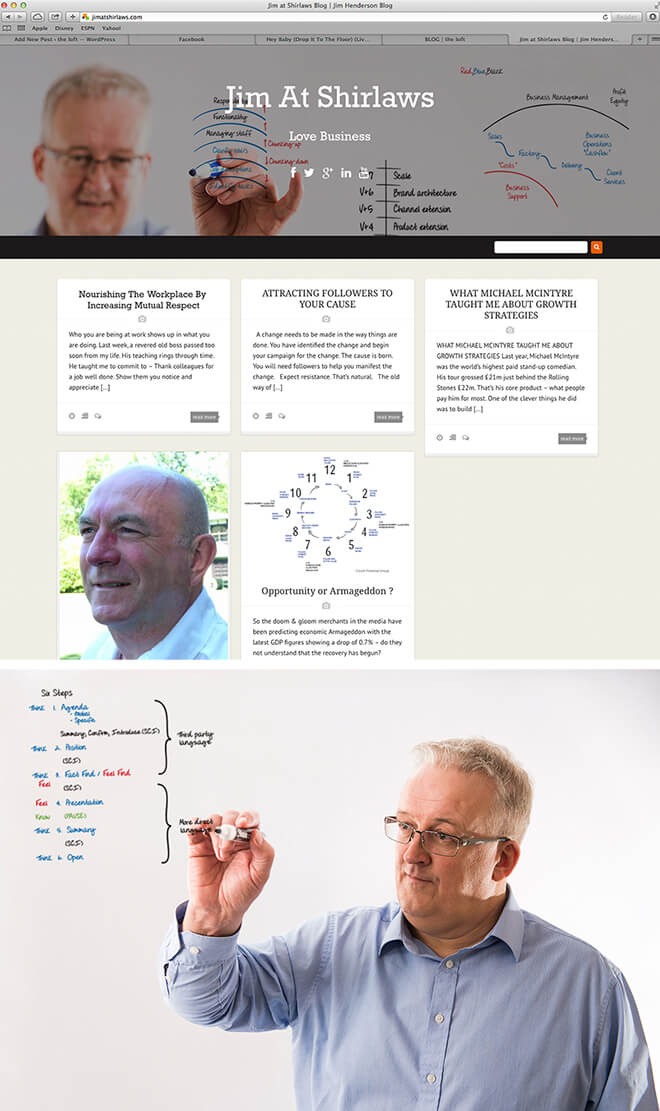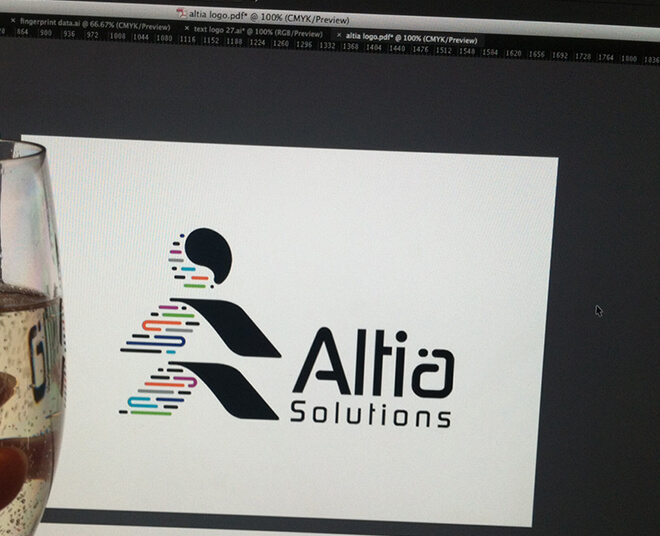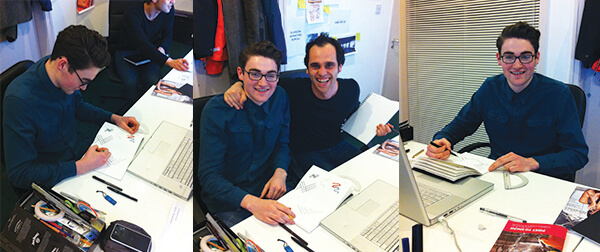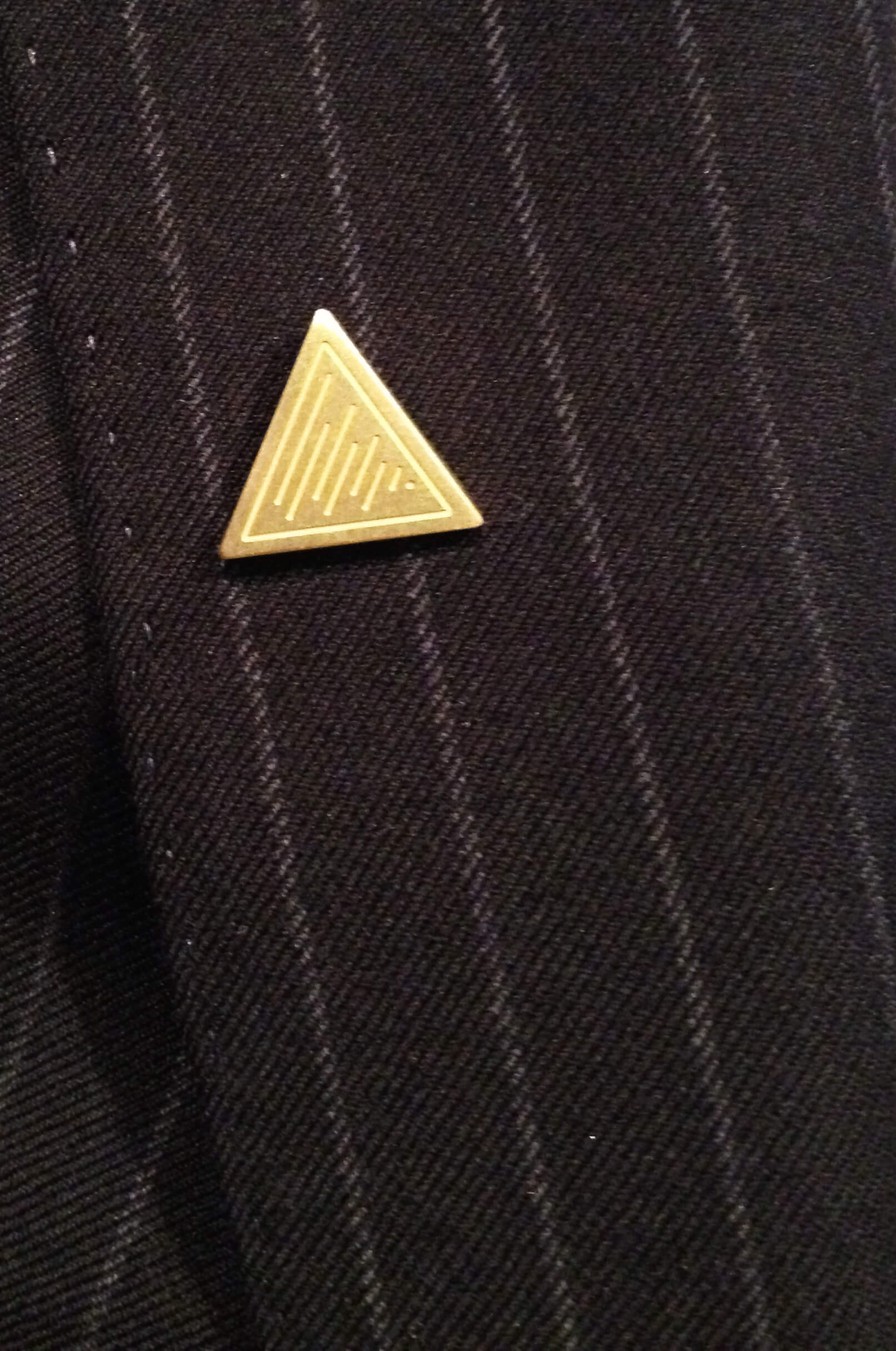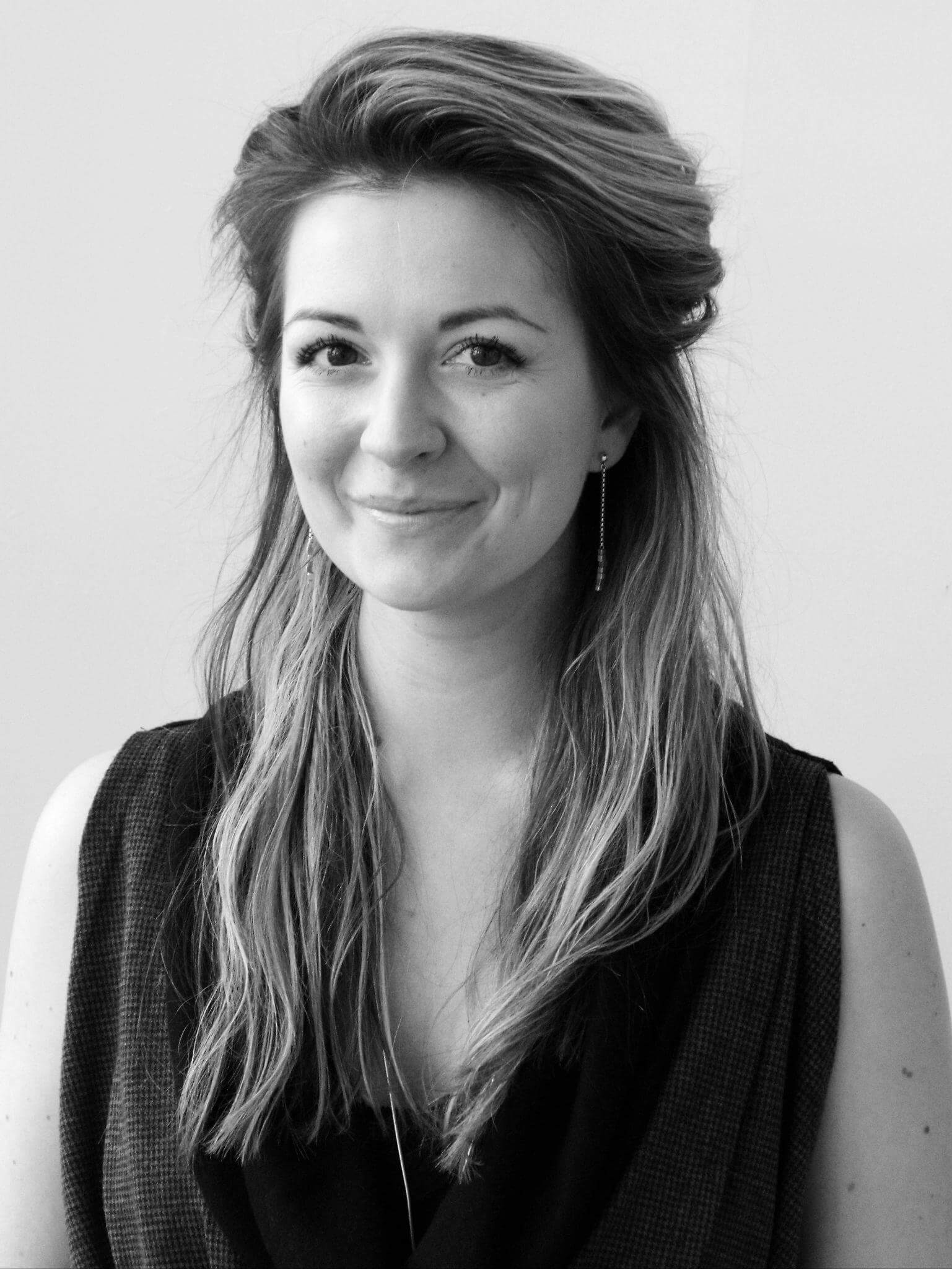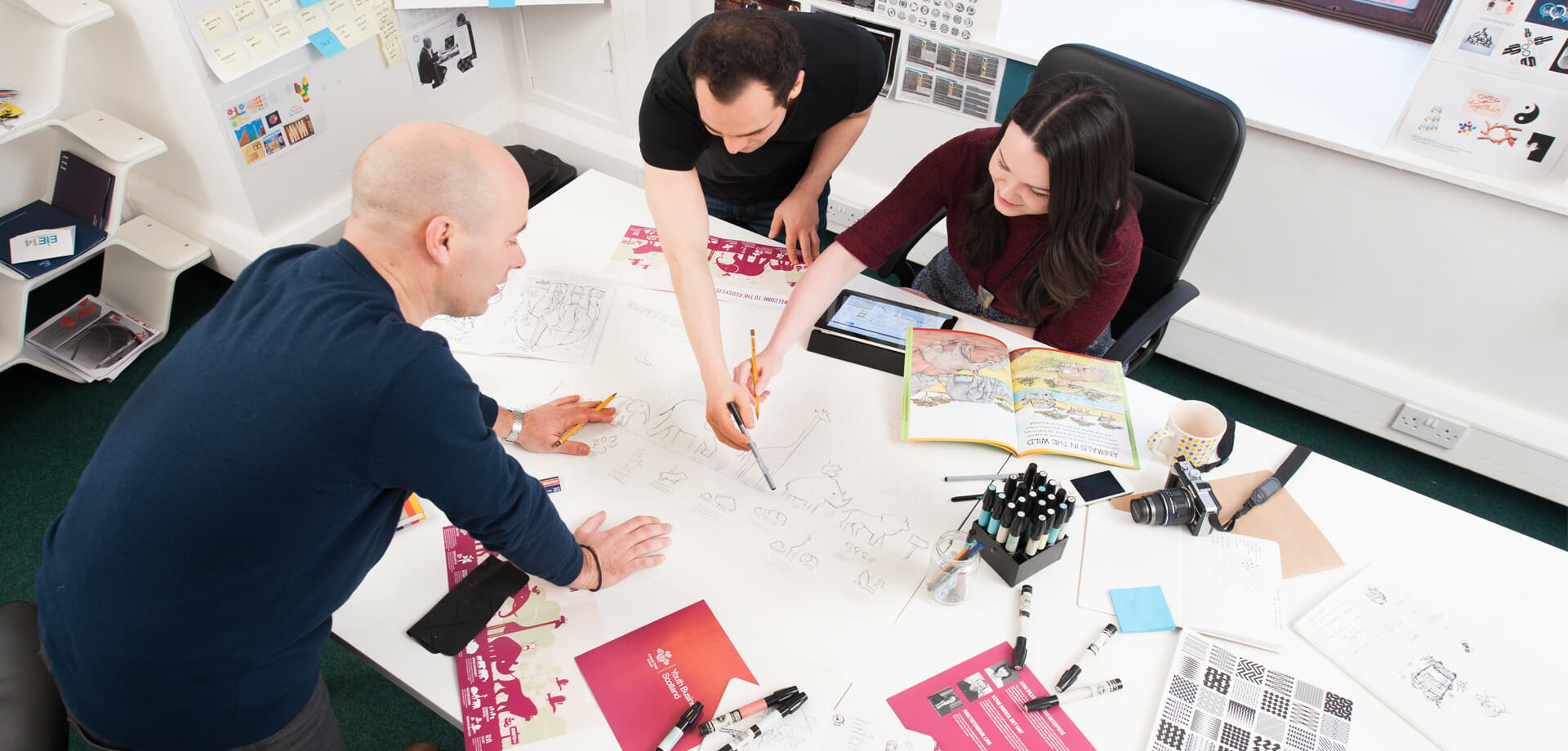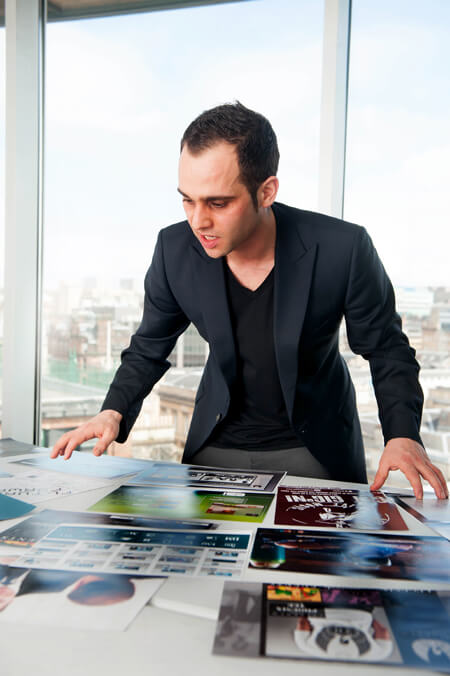Creating a brand for your company is one of the most fun, exciting and commercially shrewd things you can do as a Chief-Exec or Marketing Director. A new brand with the right meaning is an absolute statement of intent to everybody who comes into contact with your organisation – new customers or clients, your existing customers or clients, your staff, your suppliers, even your board – it is a magnificent way to get on the front foot as a business.
Lots of people are thinking about it, some are about to embark on it and to some it may never have crossed their minds.
Here are 7 of our tips for effective building an effective brand.
1. BRAND NOT LOGO
You want a brand, not a logo. A brand has so much more value and will serve your organisation in a much greater way.
You may ask what is the difference?
A logo is a new mark or shape to represent what you do. A brand goes much further – it captures the very essence of who you are, how you do what you do. The very spirit of your company, product or service.
Both a brand and a logo will have similar outputs but there is so much more thought and intellectual value that goes into a brand which is why it will serve you in a much greater way.
2. YOU’RE SPECIAL
You really are and this is what you want to get across with a new brand. What’s special or unique about your company? What stories can you tell? How are you different or how do you make a difference?
This is a lot less about what you do, a lot more about how you do it.
3. MULTIPLE IDEAS
We say that brands are ‘ideas manifest in form.’ You want to strongly get those ideas across with your branding project.
Believe it or not, people will love your company for lots of different reasons and they may not be the same things that you think they do. Your brand should represent not one single big idea, but a lot of different ideas about what makes you great.
It is an understanding of all of these ideas that will help you to create a richer, better-thought-through and more personalised brand.
4. FORGET COMPETITIVE BENCHMARKING
Well at the beginning at least.
Competitive benchmarking is one of the staple activities of our industry – to see ‘what the competitors are doing’ – it is the comfort blanket that designers retreat too when they are feeling a little timid with their work. This exercise will always guarantee a safer solution, most logo projects for example, will start by cherry-grabbing visual cues from competitors, these are other people’s work – a colour here, a shape there, that nice font that you see. At the loft, we see those activities as recycling of other people’s ideas.
We want to bring YOUR ideas to life, not those of somebody else.
That doesn’t mean that we never do competitive benchmarking – we do – or that we never incorporate other bits of other people’s designs – we do but only after we have a firm grasping of our own ideas.
And competitive benchmarking does a have a part to play sometimes it is useful to know the dress code before turning up to the ball – fashion brands, legal brands, retail brands, etc will all have their own styles which are useful to know. However, for us it is definitely an ‘end-of-project after-thought’ as opposed to a mission critical part of the process.
5. GET EVERYBODY INVOLVED
There will be sceptics, there always is in every creative process but we always find that everybody in an organisation has an opinion and everybody enjoys having their opinion heard. We have been amazed in the past about how involved everybody likes to get in branding projects. Everybody from the office tea lady to the Finance Director likes to have their say and a lot of the time, their judgment is more than sound. It is their company after all.
We always say that something should be so simple to understand that ‘your granny will get it.’ The feedback from lots of different people in an organisation tends to minimise our chances of making a howler or putting out something that just doesn’t work in the real world.
Finally, previous experience tells me that people really appreciate to have their opinion heard – even if a different direction is eventually taken – they like to be considered in the first place.
6. STORIES
Everybody will have their favourite stories they use when talking about their company – a little like your favourite stories about your kids. We have favourite stories about our organisations – especially if you are in sales. The design of your brand should capture some of these stories in its form. We build visual themes into our designs that help to add real meaning to the brands that we create.
Your brand should say what you would like it to say when you’re not in the room to say it and a great brand will make you smile as you tell others about it.
7. UNDERPIN EVERYTHING
We are not the brand police – we don’t believe in stifling individual expression but consistency enhances brands so you want to present as consistently as possible. The research and intellectual rigour that goes into creating a new brand should not be wasted with just the final design. Your branding project should be an exploration into who you are and what you stand for. Throughout the process you will have made decisions about message, tone, formality, values, etc and these will be expressed in colour, typography, photography/copywriting styles. You will want to ensure that you get as much use out of each of these characteristics as possible.
Creating a brand is a path of exploration and an incredibly interesting exercise.
This isn’t a definitive list set in stone but some helpful advice from our past experience in creating brands for lots of different organisations. We hope you find it helpful and you know where to find us if there is some way we can help out?
Thanks,
Benedetto
Benedetto is a designer and founder of the loft – a specialist design and branding studio based in Glasgow.
The loft takes the true essence of what organisations do and with his team brings those stories to life with a coherence, simplicity and delightfulness that helps companies to create outstanding brand communications.
‘Design with Soul’ is more than a company tag-line to Benedetto, it is a way of life.
His journey has taken him from a career in car design through to his current role. He is honoured to manage a great team, work with great clients and have a lot of fun mixing with so many great people in business.



